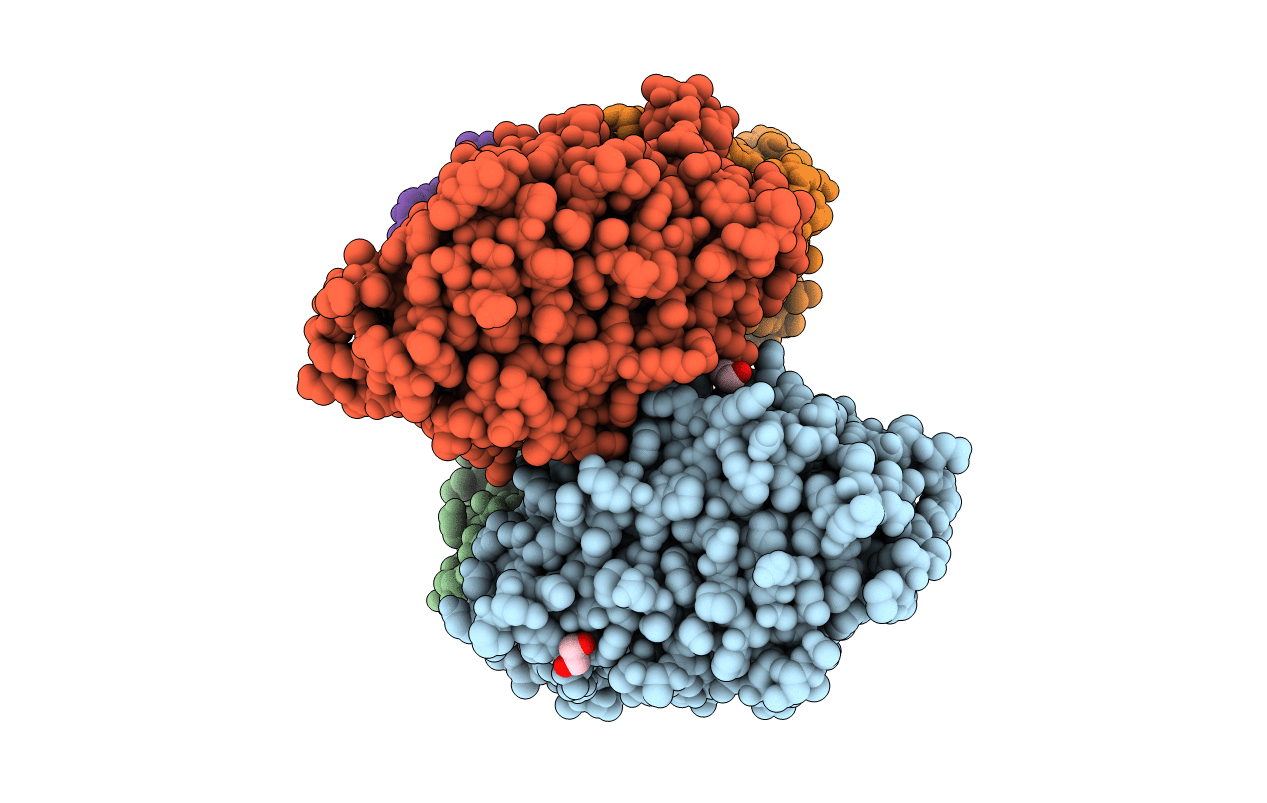
Deposition Date
2019-08-10
Release Date
2019-09-18
Last Version Date
2023-10-11
Entry Detail
PDB ID:
6TZ6
Keywords:
Title:
Crystal Structure of Candida Albicans Calcineurin A, Calcineurin B, FKBP12 and FK506 (Tacrolimus)
Biological Source:
Source Organism:
Candida albicans (strain WO-1) (Taxon ID: 294748)
Candida albicans (strain SC5314 / ATCC MYA-2876) (Taxon ID: 237561)
Candida albicans (strain SC5314 / ATCC MYA-2876) (Taxon ID: 237561)
Host Organism:
Method Details:
Experimental Method:
Resolution:
2.55 Å
R-Value Free:
0.22
R-Value Work:
0.18
R-Value Observed:
0.18
Space Group:
P 21 21 21


